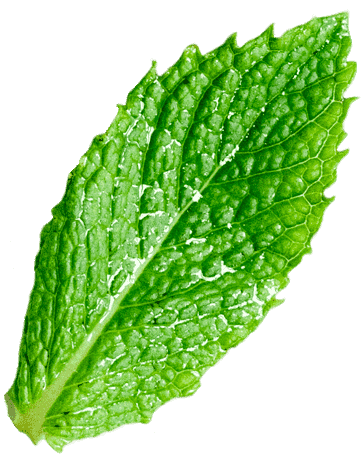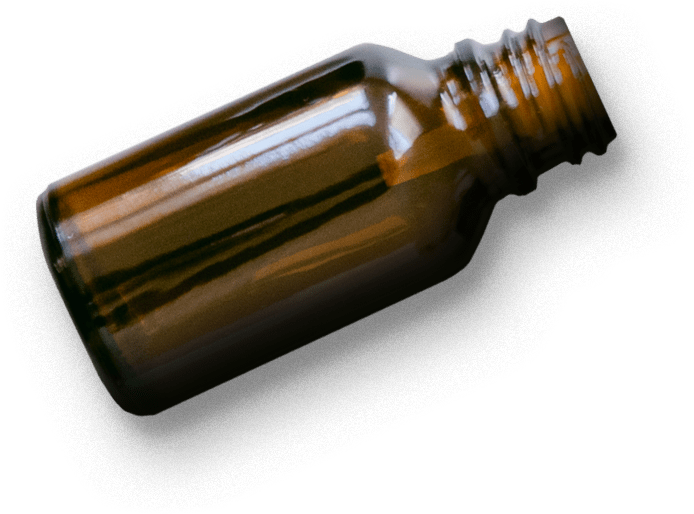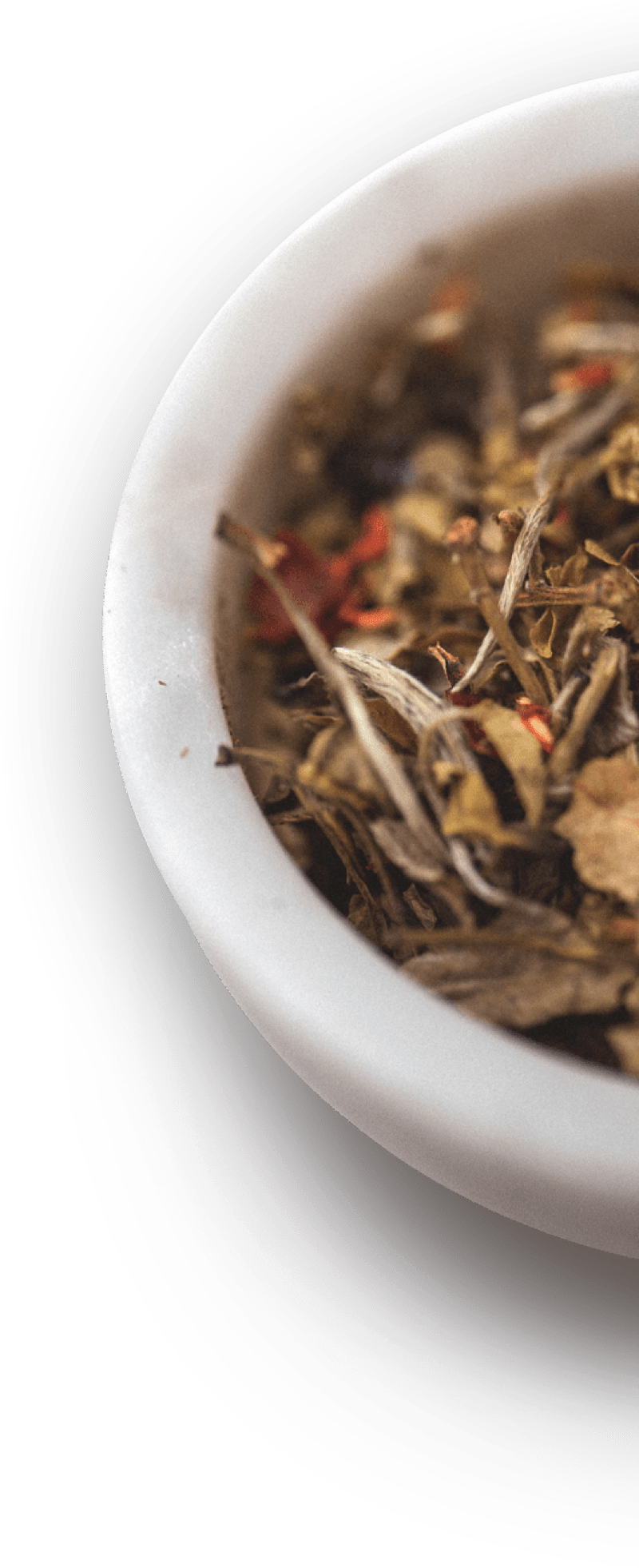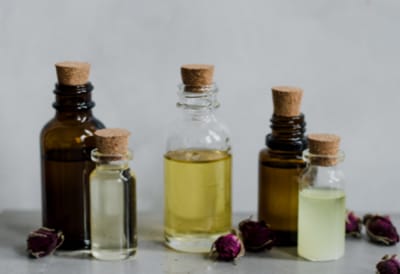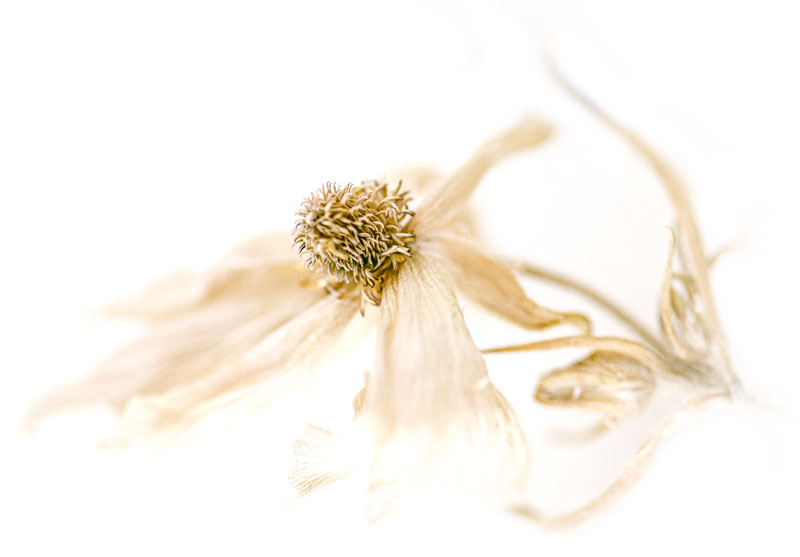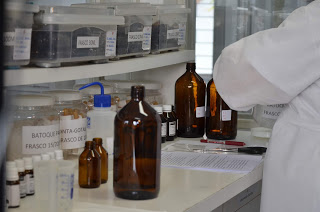

Through Hippocrates has reached to this day the greatest written monument of Medicine of all time, the Corpus Hippocraticum. In these writings, the intention of discovering the mysteries of nature, by an impartial observation and a rational knowledge of the phenomena, is very clearly evidenced. This position, the Hippocratic people inherited it from the first Ionian philosophers, going beyond and formulating the concept of human nature, which would have as an immediate corollary the individualization of the human being, a striking feature of Hippocratic conduct, always considering the patient and not the disease, and taking -or invariably as a whole. Acting as a translator for nobles, in different regions, Hahnemann knew these ancient concepts and realized that they made sense. Hahnemann, therefore, believed that a person’s specific symptoms, his particular reactions to a disease, and the healing forces of each person were important for the diagnosis and choice of therapy.
In its attempt to heal diseases, the vital force causes the body to produce symptoms. To all these symptoms the homeopaths call symptomatic picture. These symptoms not only reflect what goes on inside but also indicate what external help or additional energy is needed. The homeopath first gets a detailed account of all the symptoms, signs and other unique characteristics, both physical and mental, of the sick person. Then he examines the descriptions of the profiles of remedies detailed in the homeopathy books, called Materia Medica. Once tested, the remedies can be used forever, not coming in or going out of style. Almost all of Hahnemann’s one hundred original remedies are constantly used today. The detailed description of the remedies consists of the large volumes of Medical Matter. Knowing the Materia Medica, the homeopath is prepared to compare the symptoms of the person with the symptomatic picture of the remedy. This is called finding the similimum, or similar. Some homeopathic remedies are medicines that have become so well known that they are indicated for use in the first aid kit.
Link 2: Dual-Beam Microscopy Reveals Details of the Activated Cells of the Stromal Bone Marrow

